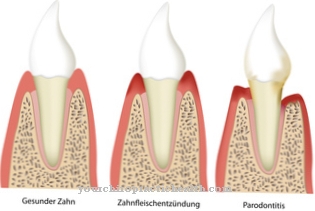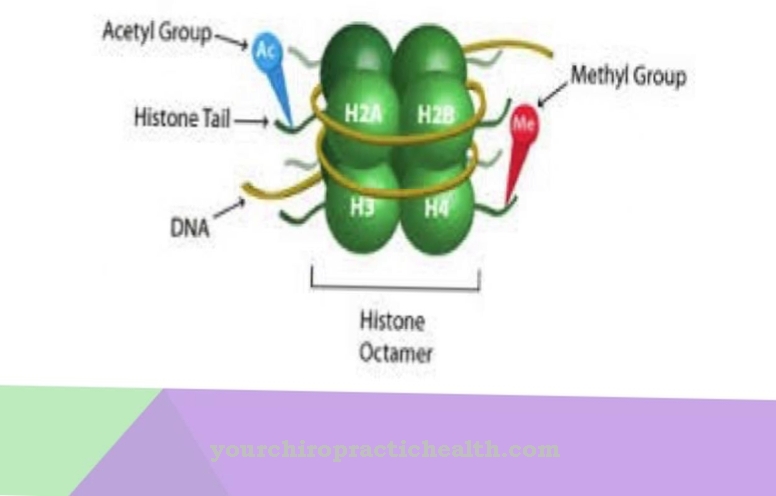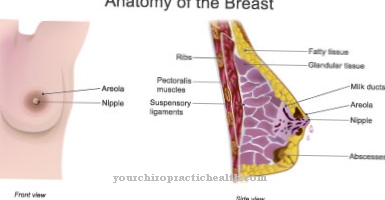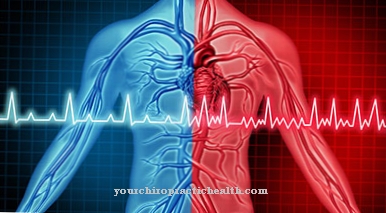The Emergency medicine as a branch of medicine deals with the detection and treatment of medical emergencies. It is closely linked to the sub-areas of internal medicine, surgery, anesthesiology and neurology. In Germany, emergency medicine is a specialty that requires additional medical training.
What is emergency medicine?

Emergency medicine comprises an entire specialist rescue chain, in which several medical sub-areas are included. These include internal medicine, anesthesiology, neurology and surgery. Rescue medicine and disaster medicine are closely linked to emergency medicine. Rescue medicine deals with the medical emergency measures carried out outside of medical facilities.
It cannot be separated from emergency medicine in hospitals in terms of content or subject matter. Disaster medicine describes the aspect of emergency medicine that occurs in the event of a disaster. While in the event of a disaster, mass care must be organized for the injured, individual measures to save lives are carried out in rescue medicine. Emergency medicine is therefore a very complex subject and requires extensive medical training.
This includes technical knowledge of how to proceed in the event of a mass seizure of sick and injured persons, of psychiatric emergencies and of suitable measures for the therapy and diagnosis of suddenly occurring medical emergencies. This also includes knowledge of the organizational and legal principles of the rescue service. The personnel working in emergency medicine are referred to as rescue specialists. It is made up of emergency doctors, paramedics, rescue workers, paramedics, paramedics, health workers and first aiders.
Treatments & therapies
Emergency medicine is used for acute disorders of the body's vital functions. The serious health problems can be caused by illnesses, accidents or catastrophes. First, life-saving measures must be carried out. It depends on which life-threatening condition it is.
Cardiopulmonary resuscitation must be performed immediately in the event of cardiac arrest. In the event of injuries, it is necessary to properly immobilize the body, reposition it and, if necessary, apply a pressure bandage to stop bleeding. The therapeutic measures also include the correct positioning and rescue of emergency patients. Heart pressure massage may be necessary. Emergency medicine covers a wide range of disorders to be treated. These include heart attacks, strokes, sudden pain and other life-threatening medical conditions that occur suddenly as part of an underlying disease. Sometimes the causes are known because the patient has had a serious illness for a long time.
Then medical emergency measures can be initiated quickly, which are necessary with regard to the underlying disease. However, the challenge of emergency treatment arises in the event of a sudden crisis without the cause being known. Here too, however, there are first emergency measures that will save lives. A large area of application of emergency medicine are accidents and disasters. In the event of an accident involving only a few people, first aid measures must be initiated immediately. These include stable lateral position and, if necessary, manual ventilation and cardiac massage. In the case of disasters with a large number of injured people, individual medical aspects often cannot be taken into account.
Basically, those affected must be triaged. Triage is the prioritization of medical assistance for a very high number of injured people. This is inevitable in this case in order to be able to save as many people as possible. Only the most essential life-saving measures can be taken during pre-clinical treatment. Further treatment takes place in the clinical area. Here, emergency medicine is closely interlinked with various other medical areas such as intensive medicine, trauma surgery, internal medicine, psychiatry or neurosurgery. Pediatrics also play a role in children. In the clinical area, diagnostic examinations within emergency medicine are of great importance.
Diagnosis & examination methods
In emergency medicine, the reliable detection of threatening disorders is the basis for the successful treatment of the patient. When you first come into contact with a life-threatening patient, there is little time for an extensive examination. Immediate life-saving measures must be taken. Here, easy-to-use devices are used for the quick check.
In the case of life-threatening injuries, the initial trauma check is carried out, which is necessary for the transport and further treatment. Basically, all body parts are examined in adaptation to the situation. During this check, special attention is paid to pain reactions, abnormal joint and bone position and other peculiarities. In preclinical emergency medicine, the examination is limited to the most endangered body regions of the chest, abdomen, pelvis and thighs. The examination is then carried out more intensively in the emergency room of the hospital. Another quick examination is the Neurocheck. It tests the functionality of the nervous system, examining the sensation of pain, motor skills and blood circulation.
This is especially important if there is a suspicion of a spinal injury. A number of other equipment options are available for emergency medicine. Continuous monitoring of the heart is possible by means of EKG monitoring. Dangerous cardiac arrhythmias can be diagnosed as part of this examination. The arterial oxygen saturation of the blood is examined using pulse oximetry. This measure is used to monitor patients during patient transport, after artificial ventilation or after a lack of oxygen. Another examination method is the so-called capnometry using a capnograph.
The carbon dioxide content of the exhaled air is determined. Capnometry is used to optimize ventilation during ventilation. It can also be used to estimate the metabolism during resuscitation treatment. Furthermore, blood sugar measurements are carried out to determine any hypoglycemic or hyperglycemic conditions. Tests for troponin can indicate a heart attack. Finally, tests for toxic substances also take place in emergency medicine.




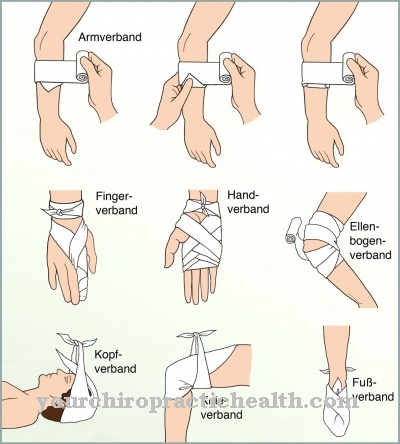

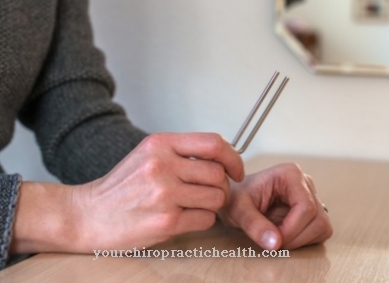

.jpg)


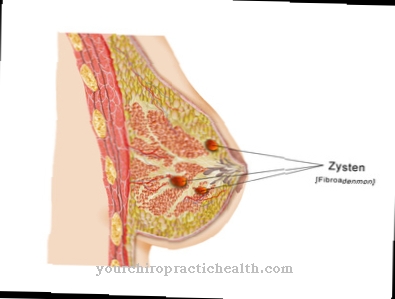

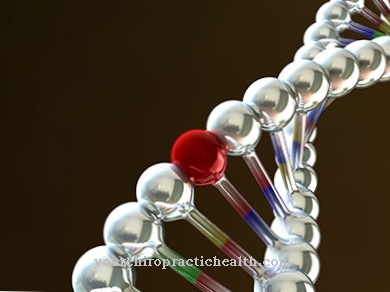

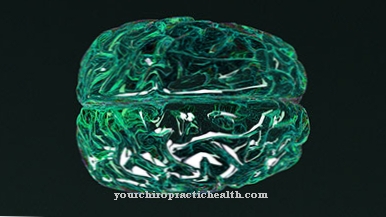
.jpg)



.jpg)
